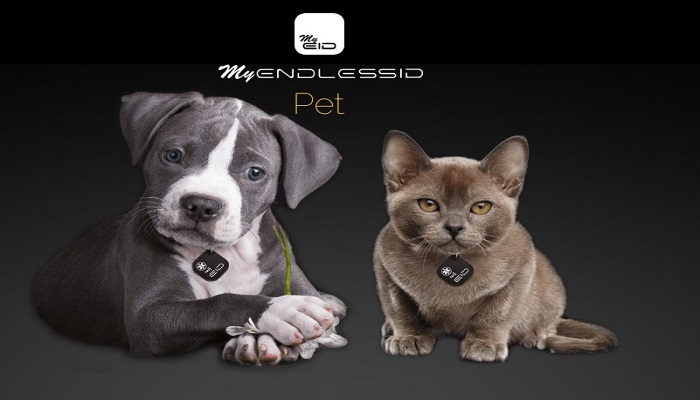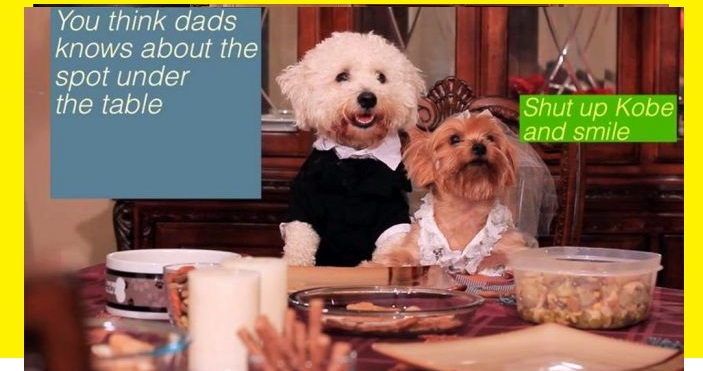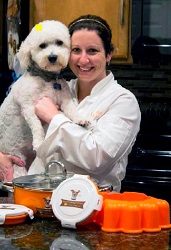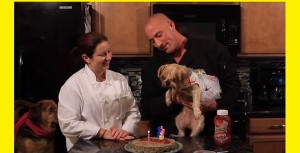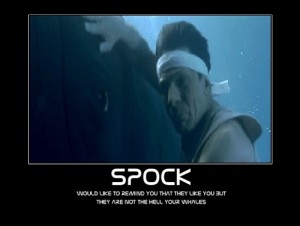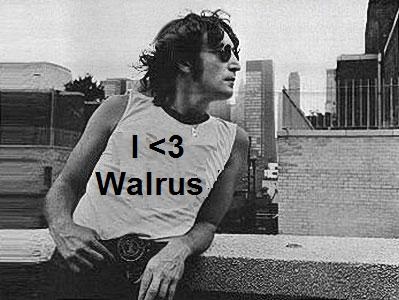Next to our children, our pets are some of the most important members of our families. We do everything we can to make sure both our kids and pets are safe, but eventually kids can shoulder some of the burden themselves. But when “Spot” runs off, we can’t expect him to tell the nice neighbor that finds him that he has a medical condition, or who his veterinarian or owner is.
Though your pet will never learn to talk, there is a way to provide whoever finds your lost -or injured- pet with the information they need to offer aid. A new ‘wareable’ technology, MyEndlessID Pet, gives veterinarians and good samaritans all of the information they need to render aid in an emergency.

“Even the best trained pets might head off on an adventure sometime,” said Gustavo Rubacha, one of MyEndlessID Pet’s inventors. Worse still, Rubacha notes, is that from time to time those ‘adventures’ can result in injuries, sometimes serious. “We believe that it’s important to prepare for these emergencies ahead of time and that’s why we created MyEndlessID Pet.”
MyEndlessID Pet jams the latest Near-Field Communication (NFC) technology into a tag small enough to hang from a pet’s collar. Utilizing the same tech that until now has only seen mass deployment in payment systems like Apple Pay and Google Wallet, the NFC tag will emit radio waves to any capable smart phone held close to it, providing vital information about your pet with just a tap.
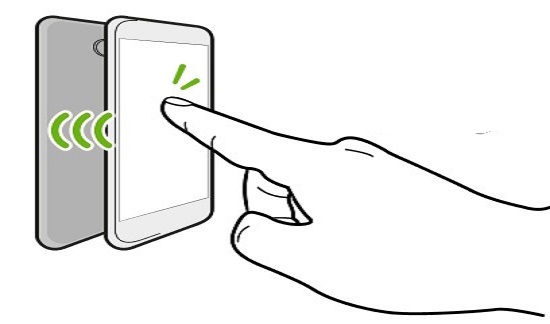 When the device is activated, pet owners receive immediate alerts by text, email and a phone call, along with a geolocation of where their pet is located when the tag is activated. Most importantly though, MyEndlessID Pet provides rescuers and veterinarians instant access to vital medical information that could save an animal’s life in an emergency.
When the device is activated, pet owners receive immediate alerts by text, email and a phone call, along with a geolocation of where their pet is located when the tag is activated. Most importantly though, MyEndlessID Pet provides rescuers and veterinarians instant access to vital medical information that could save an animal’s life in an emergency.
Vital information including medical conditions, medications, vaccinations, allergies, medical history and veterinarian history, insurance information, and more are all instantly available with the simple tap of any modern smartphone.
Unlike an implanted microchip, MyEndlessID Pet does not require special equipment beyond a smartphone to work, and priced at $20USD it is far more affordable than a vet visit to have a device implanted. And unlike recently introduced ‘smart collars’ – MyEndlessID Pet never requires charging or battery changes.
MyEndlessID Pet is also water resistant, allowing it to withstand whatever mischief your pet might wander into, while continuing to deliver critical information when someone comes to help your pet get out of whatever mess he or she has found himself in. For the Silo, Timothy Williams.
